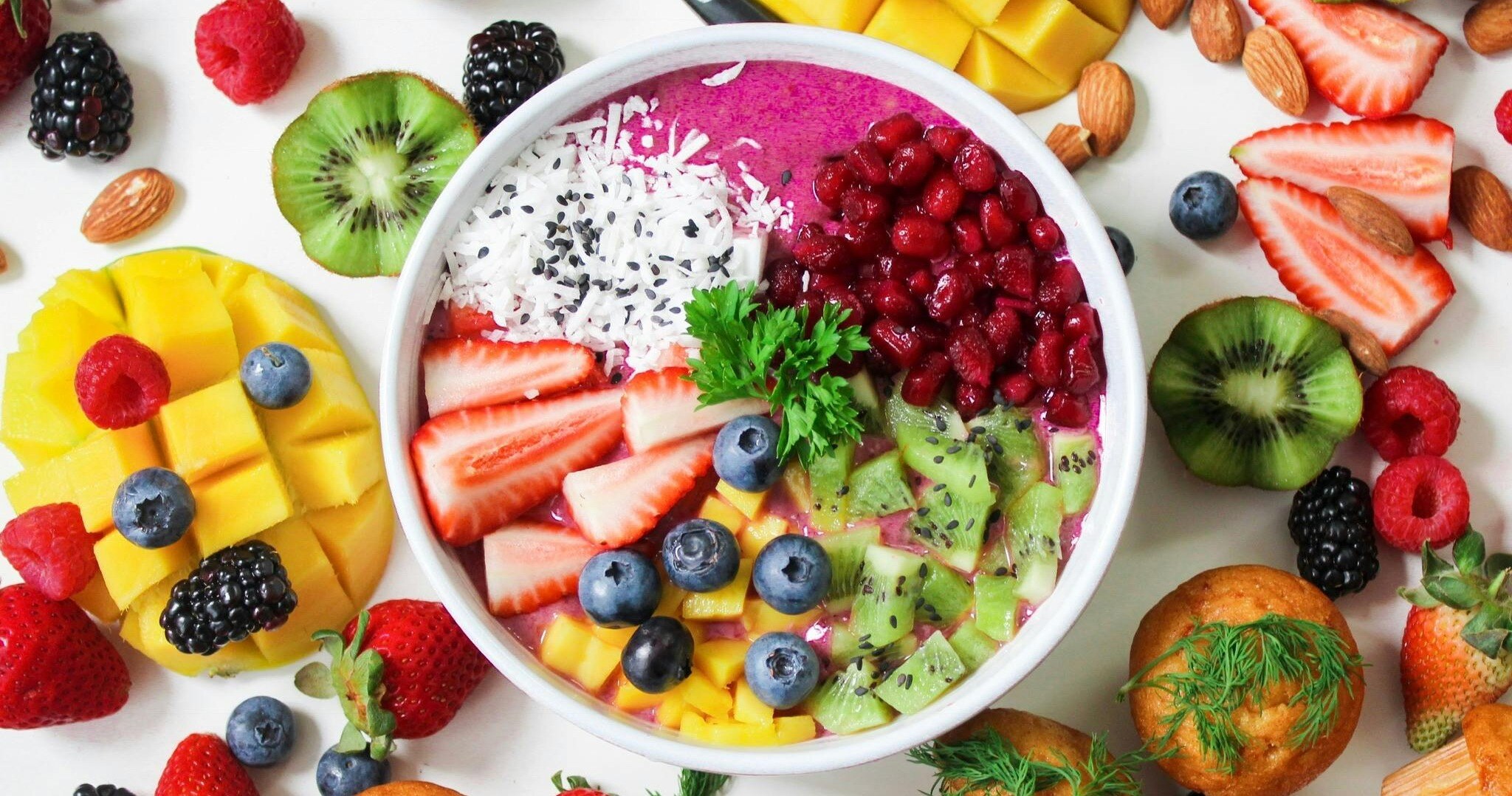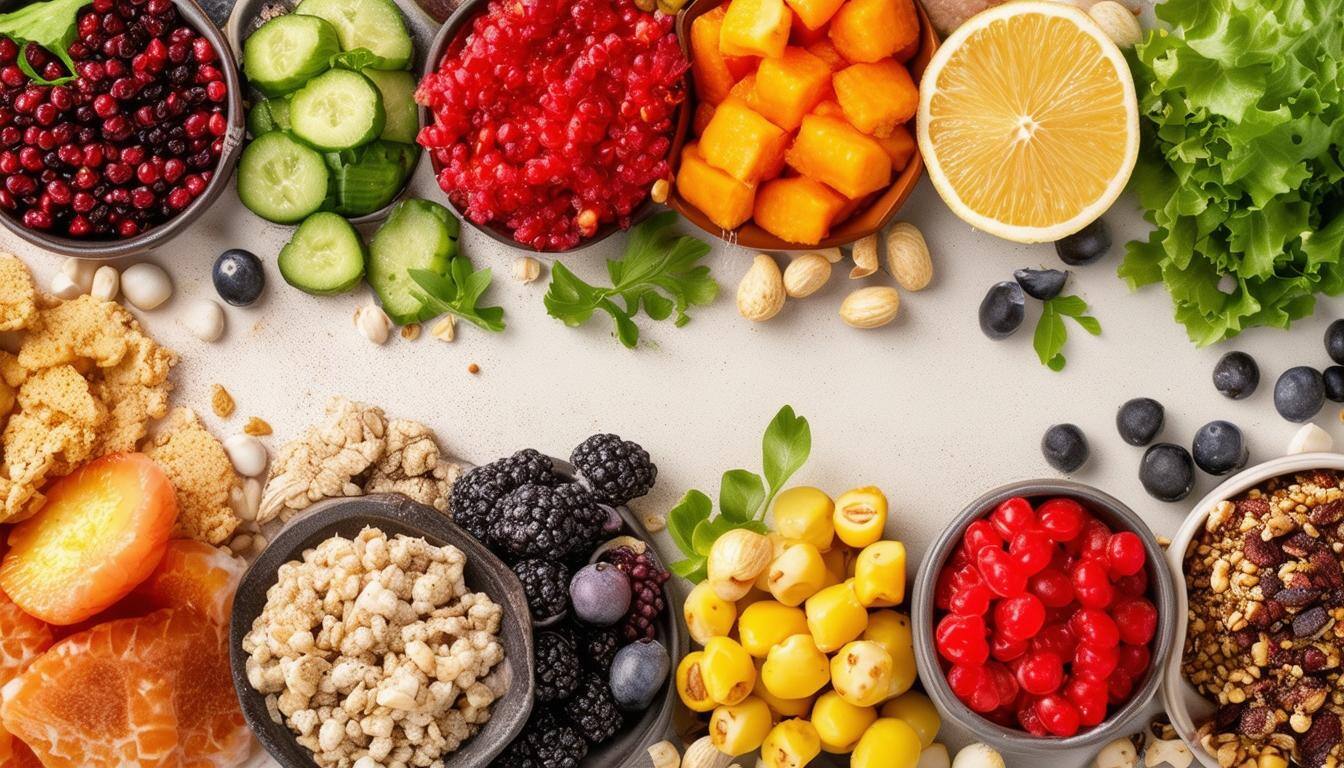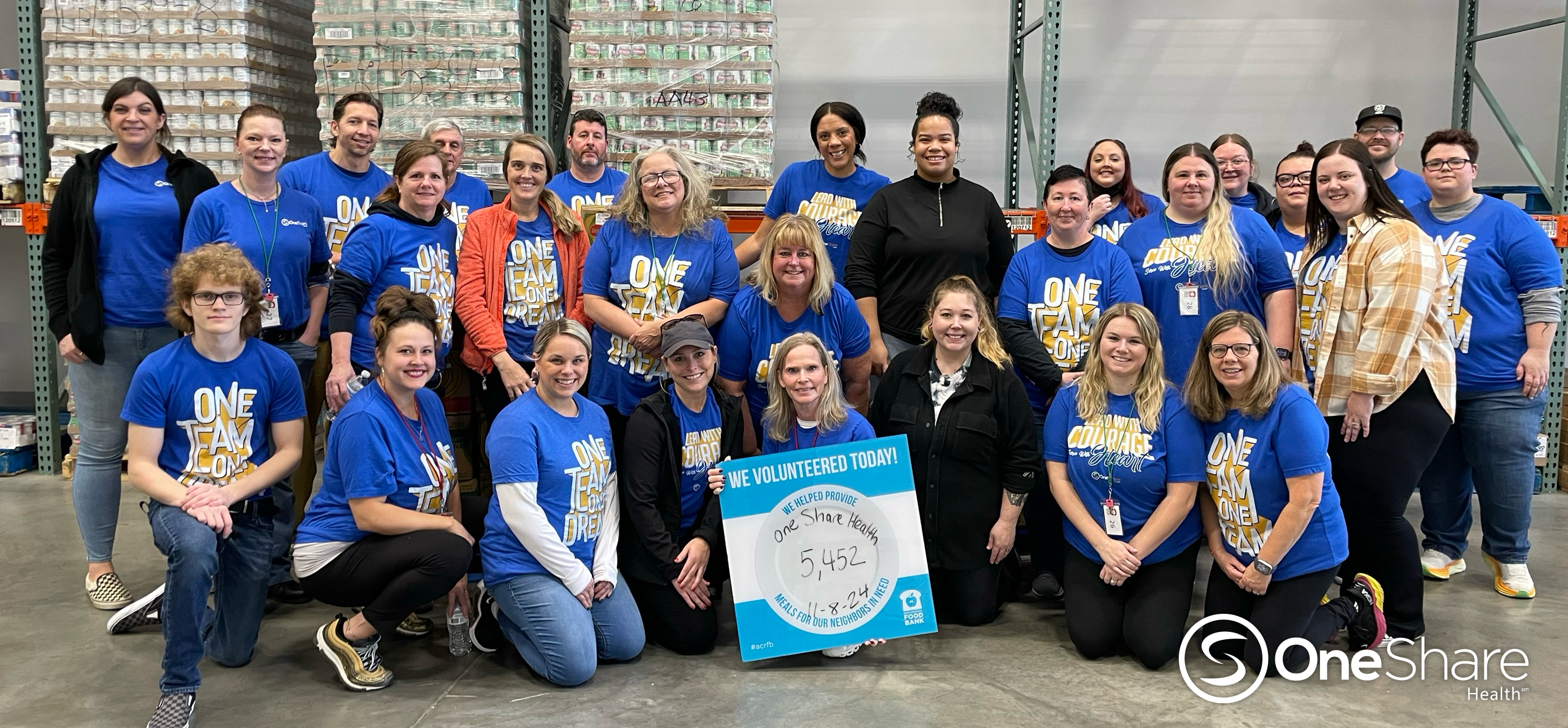Fiber is essential to a balanced diet, supporting everything from heart health to digestive wellness. Many people are aware of fiber’s benefits but aren’t sure how to increase it in daily meals. Thankfully, making small changes can help you get the fiber you need without overhauling your diet.
Here’s a guide to incorporating more fiber into your meals in practical, tasty ways.
1. Start Your Morning with Whole Grains
Begin each day with a fiber-rich breakfast! Oatmeal, whole-grain cereals, or whole-grain toast are excellent options that contain both soluble and insoluble fiber. Soluble fiber helps support heart health, while insoluble fiber aids digestion. Adding a sprinkle of chia seeds or fresh berries to your breakfast can boost fiber and make your meal more satisfying.
2. Snack on Fiber-Rich Fruits
Fruits are a convenient, delicious source of fiber, especially when you eat the skin. Apples, pears, and berries are fiber-rich options that make perfect snacks. Aim to eat whole fruits rather than drinking fruit juices to preserve fiber content and enjoy the added benefit of longer-lasting fullness.
3. Fill Half Your Plate with Vegetables
Vegetables are naturally high in fiber, particularly leafy greens, broccoli, carrots, and Brussels sprouts. Incorporating a variety of vegetables into your meals ensures you’re getting a mix of nutrients along with your fiber intake. Roasting or steaming vegetables like broccoli and Brussels sprouts can bring out their natural flavors and make them more enjoyable as part of any meal.
4. Add Beans and Legumes to Your Dishes
Beans, lentils, and chickpeas are among the best plant-based sources of fiber. Add black beans to tacos, chickpeas to salads, or lentils to soups to give your meals a fiber boost. Not only are they packed with fiber, but they also provide protein and essential nutrients that keep you feeling full and energized.
5. Choose Whole Fruits Over Juice
Whenever possible, choose whole fruits instead of juice. Whole fruits contain the fiber that’s often lost in juicing processes. For example, eating an orange instead of drinking orange juice gives you all the fruit’s natural fiber, helping to balance sugar levels and keeping you satisfied longer.

6. Incorporate Chia Seeds and Flaxseeds
Chia seeds and flaxseeds are incredibly versatile and packed with fiber. Just one tablespoon of chia seeds provides around 5 grams of fiber! These seeds are easy to add to smoothies, oatmeal, or yogurt and are loaded with healthy fats that support heart health.
7. Make Leafy Greens a Daily Staple
Dark leafy greens like spinach, kale, and Swiss chard are packed with fiber and essential vitamins. Add a handful to your morning smoothie, enjoy them in salads, or sauté them as a side dish. By making leafy greens a regular part of your meals, you’ll benefit from a steady intake of fiber and other nutrients.
8. Use Whole-Grain and Nut-Based Flours
Switch out refined flour for whole-grain or nut-based alternatives like almond or coconut flour. Not only do these options increase fiber, but they also add a unique flavor and nutritional benefits to your baking. Whole-wheat flour, for instance, is a simple swap that you can use in most recipes to add fiber to baked goods.
9. Keep Fiber-Rich Snacks on Hand
Stock up on high-fiber snacks like nuts, seeds, and dried fruits. Almonds, walnuts, and sunflower seeds are easy to grab on the go and make for a more filling snack than processed options. Popcorn, too, is a whole grain that can provide fiber—just be mindful of added butter or salt.
10. Stay Hydrated
Drinking plenty of water is essential when adding more fiber to your diet. Fiber absorbs water as it moves through your digestive tract, so staying hydrated helps prevent bloating and discomfort. Aim to drink at least eight glasses of water a day to keep things moving smoothly.
Fiber’s Full-Body Benefits
Adding more fiber to your diet does more than support digestion. A fiber-rich diet has been shown to support heart health, aid in weight management, and stabilize blood sugar levels. When you increase your fiber intake, you’re investing in long-term wellness!
Take the Next Step with OneShare Health
Are you ready to join a community that values whole-person health and wellness? OneShare Health offers Membership options that provide meaningful resources and a supportive community, including a Health Care Sharing Ministry that brings Members together to share in health and in faith.
Join OneShare Health today and embrace a healthier lifestyle!










